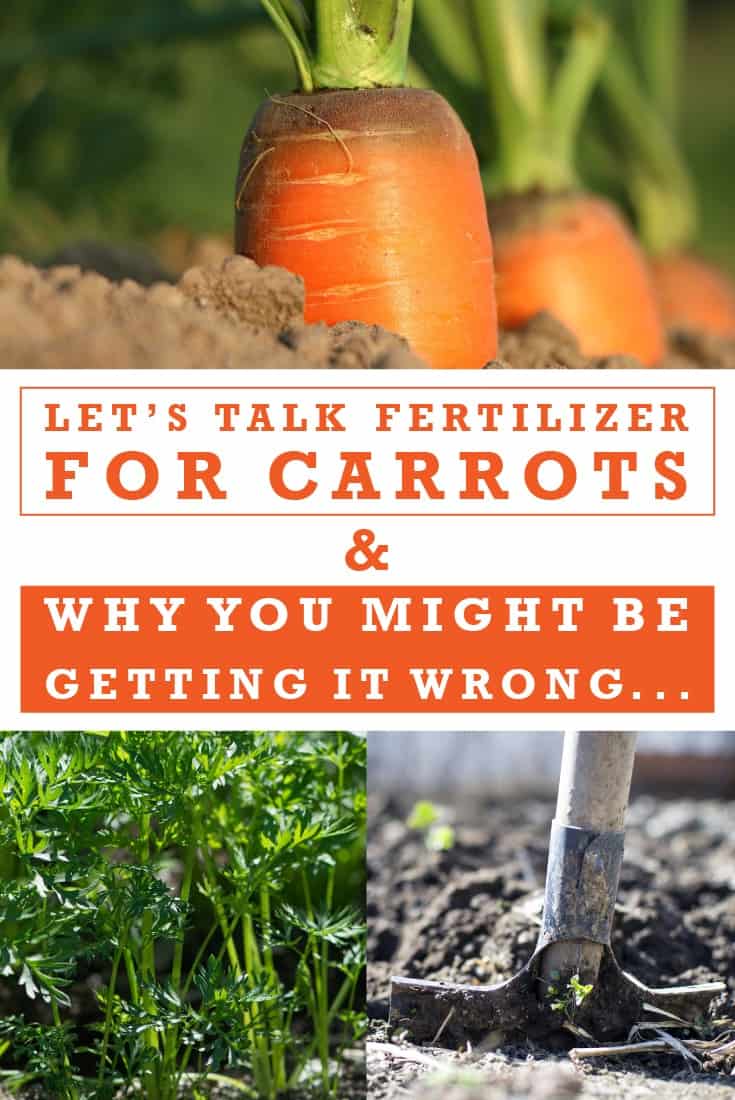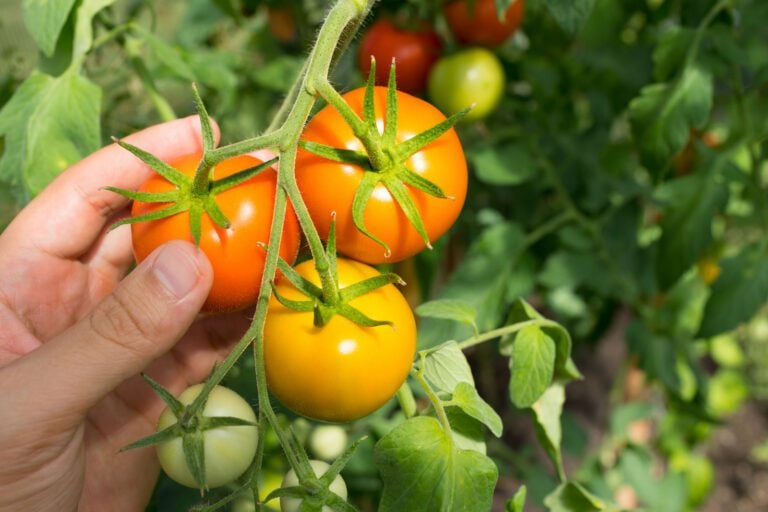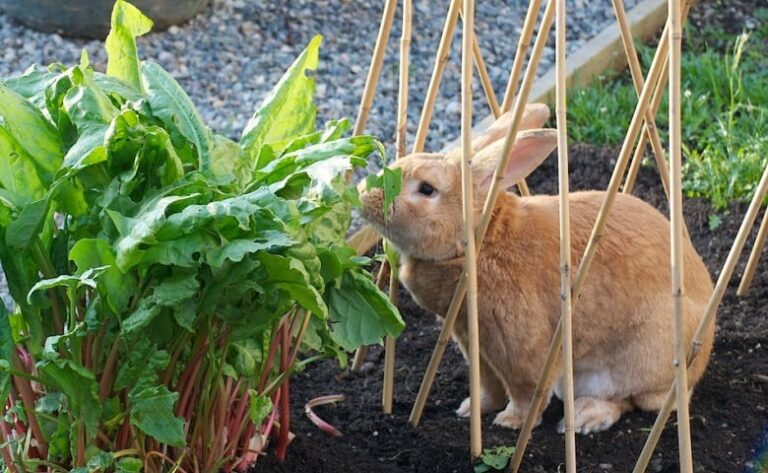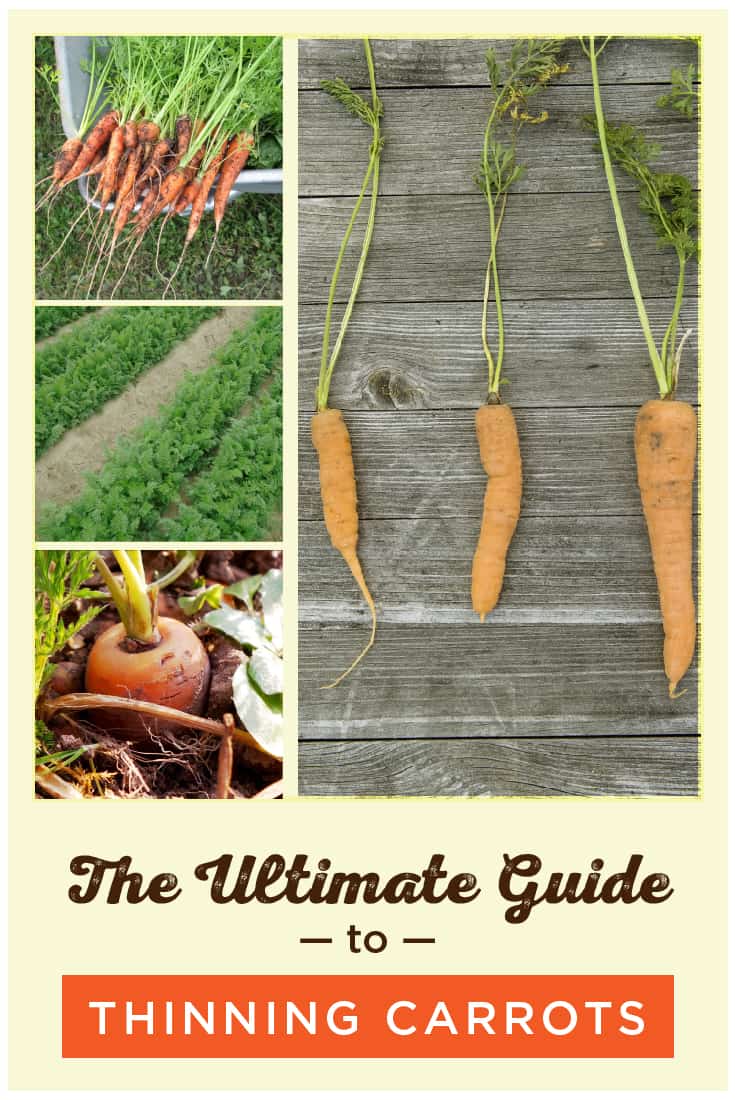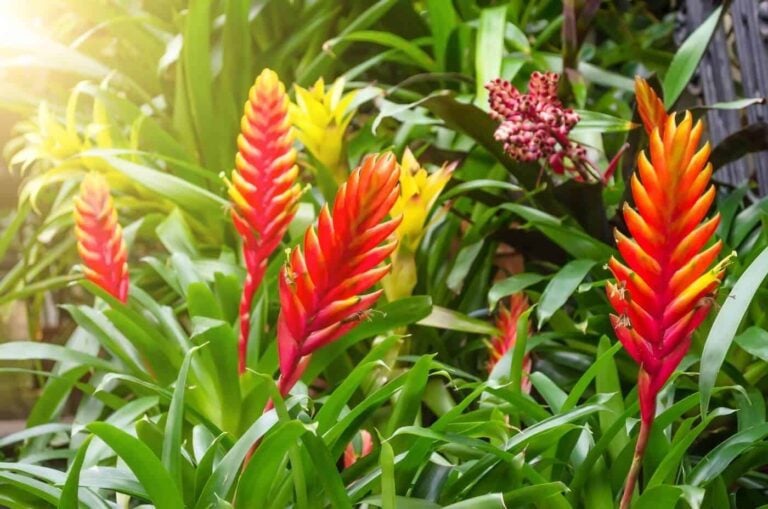How And When To Harvest Peas
Since you are here, we assume that you know a little about growing peas.
Growing peas in your garden is a comparatively easy task, and you do not have to be a gardening expert to do that. You never have to stay worried about the plants, either.
If you can provide the recommended resources, these plants will be ready to bloom and mature in no time. However, harvesting peas is another matter. When and how you decide to harvest your peas will alter the quality and flavor of the peas you get in the end.
We do not want to make it complicated, but you should not second-guess your decisions, either. Therefore, we tried to prepare a brief guide on how and when to harvest peas.
This guide will answer some of the common questions people ask regarding harvesting peas. First, we will answer the obvious questions on the table.
Which Months Are Peas Harvested In?
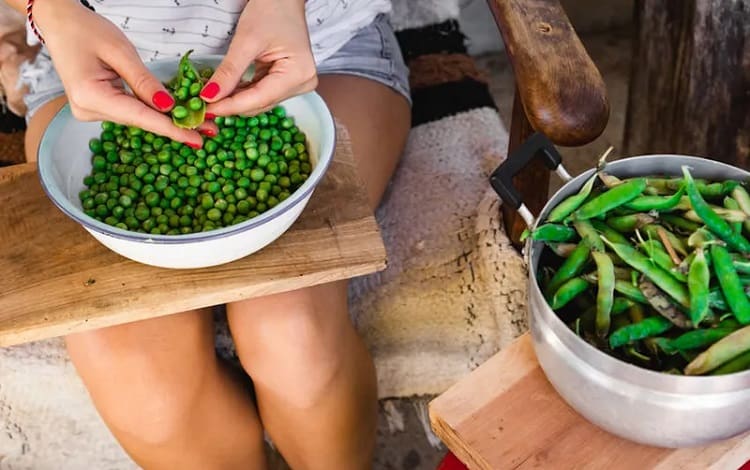
To know the months when peas are harvested, you should see the planting cycle of peas.
There are two primary cycles for planting peas in your garden. They are:
- February to March
- October to November
Experts recommend these months because the peas can get the best weather to grow. Therefore, you can expect impressive results when you provide additional fertilization and resources.
On average, peas take up to 75 days to become mature. It means you can start harvesting your peas after two months. It is always better not to wait until the peas fully mature. As you may already know, peas taste better when they are young and tender. You may notice a considerable change in taste and flavor if you wait until the lifespan of a pea plant.
According to this timeline, you can harvest peace between the end of May and the middle of June. If you have sown the seeds in the second cycle, you can harvest the peas at the end of December or by the end of January.
While you can consider these dates as a standard, you must examine the pea plant before making any harvest-related decisions. If you harvest the peas too soon or too late, you might end up ruining the taste. The ultimate taste of the peas will depend on the variety you have chosen.
Do Peas Keep Producing?
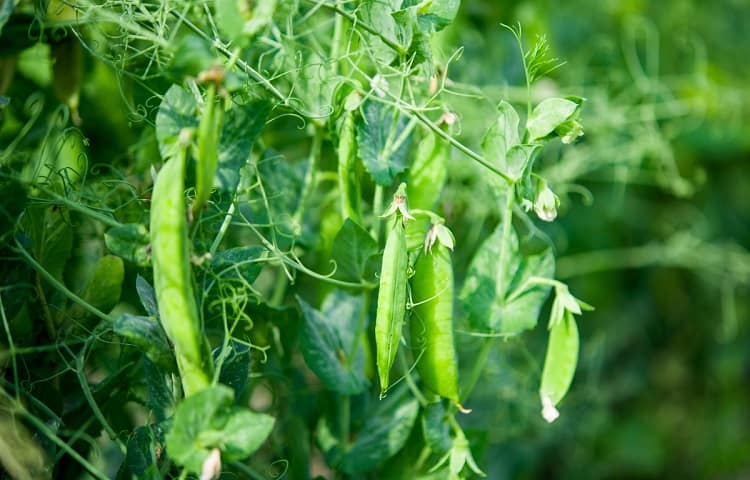
Yes, it is one of the best things about growing and harvesting peas.
As we said, you have to pick the peas at the right time. Otherwise, you may have a bunch of resources that are tough and starchy. It is why you have to be constantly looking for the maturation point and make the right decisions.
By picking peas at the right time, you can also keep the wines healthy and capable of continuous production. If that is the case, you can say that peas keep producing pods. You will be able to know this only after you have picked the pods from plants in the first place.
Once again, the production rate may depend on the variety of peas you have selected. The best types will keep giving you pea produce if you can maintain the best health of the wines.
It is also essential that a pea plant receive a considerable amount of water and nutrients during the second or third harvest. You cannot expect the plant to give you continuous supply using the first set of fertilizers you have provided.
Therefore, if you see that the plant does not seem well, you will have to water it more frequently and even add some fertilizers. The ambient temperature also plays a role in whether pea plants keep producing. As you may know, these plants do not do well with summer.
You cannot expect them to germinate or give you a good harvest when the surroundings are hot as hell. Therefore, if you live in an area where the temperature reaches the 80s in just a few weeks, you cannot expect the pea plant to keep producing.
However, if the summers are mild and you get more cold days, you have a better chance of getting more peas from a plant. The best way to understand this cycle is to check how the pea season works in the area.
If we answer the question from an optimistic perspective, the answer will be Yes. You can expect continuous produce from a pea plant if you take care of it well and provide sufficient resources.
How Many Peas Will One Plant Produce?
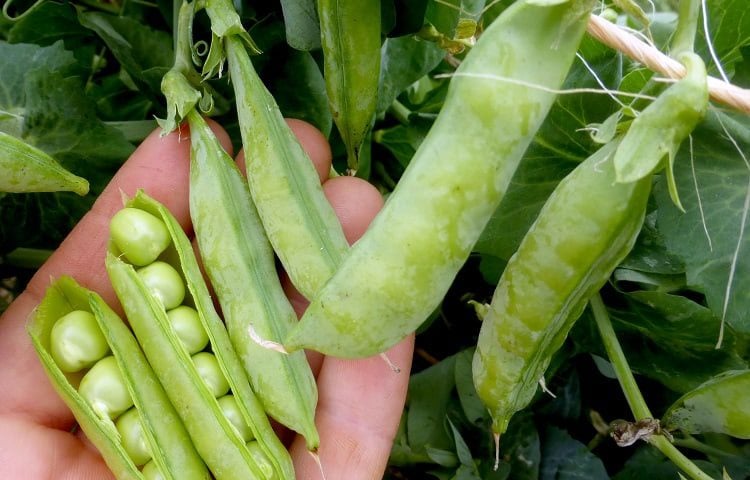
As you might have guessed from the previous section, we cannot predict the exact number of peas a plant can produce in a season.
The number will depend on the harvests you can get from the plant. It would also depend on the quality and condition of the plant. However, some figures give you a basic idea of things.
For instance, we can take the case of some recommended pea varieties.
Sweet Peas are among the most popular varieties that can have wines that go up to 2 or 3 feet. This type of peas is also known for its high yield. You can expect better supply if you choose a variety like Green Arrow.
However, some varieties may provide you a smaller yield while boosting some other properties. For instance, you may be able to store these varieties on the shelf for an extended period. Or, they may have a sweeter taste than one of the standard types.
If you are looking for the average numbers, here you go.
You can expect 2lbs to 6lbs of peas from a 10-foot row. These numbers are valid when you have planted pea seeds 2 to 4 inches apart from each other. If you increase the number of pea plants, you may boost the yield, but you may also reduce the output quality.
There are times when you have to compromise the yield for the sake of taste. You may be able to do that by harvesting the peas quite earlier or trying out a unique type of peas in the first place.
Of course, you must keep in mind that diseases will reduce the results from any pea plant. If you want the maximum yield from a plant — around 6lbs —, you have to keep the plant in the best possible condition. In addition, you should also follow the best harvesting procedure.
How to Harvest Peas?
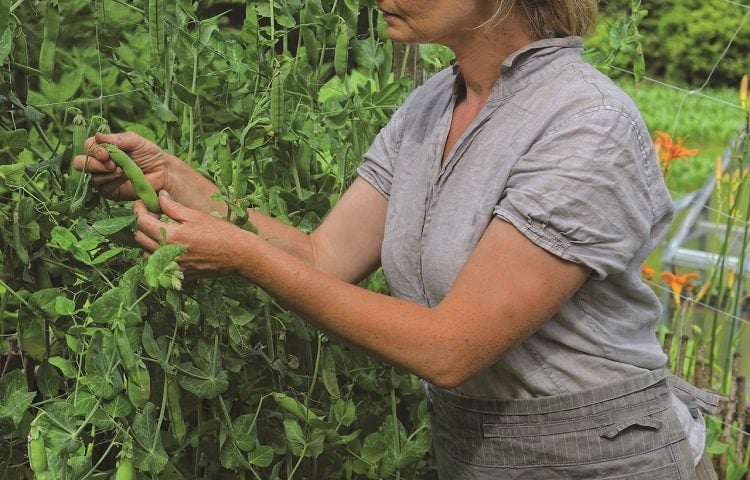
Given below is a step-by-step guide to harvest peas. Beforehand, we must mention that you can think about harvesting a pea plant within a few weeks after you see the flowers.
You should also do a continuous taste test to understand if the peas are in the right state. After these, you can follow the steps we have mentioned below.
- You can use a pair of scissors or your hand to pick peas. The choice must also be based on whether you want to consume the pods. If you are using your hands to harvest peas, you have to use both of them. You can use one hand to support the brittle wines and separate the pod from the wine. Giving more support to the wine will increase your chances of a second harvest.
- The best time to pick peas will be in the morning. If you want to eat the peas right after picking them, the time after dew will be great.
- If you do not plan to eat the peas right away, you have to check out some storage options.
Pea storage is relatively easy. If you want the peas to retain their sweetness, you should keep them in cold environments. You can put the fees in the refrigerator and expect them to stay fresh for up to a week.
After that, the peas will lose their sweetness and become more starchy. Peas are not the favored option when they become starchy instead of sweet.
If you want to store peas for the long term, you should seek freezing options. If you can freeze the peas, you can expect them to last for a few months. Of course, you may end up compromising the sweetness a bit, but it will be edible.
You should ensure that the pea storage maintains the best temperature. If the peas are out of the recommended temperature, you will see that the material gets brown and tasteless, which we do not want.
As we mentioned earlier, you should always be optimistic about a second harvest. You will have an increased chance of a second harvest if you keep the wines healthy.
It is why you need a gentle approach while taking the first harvest. Using your hands instead of a pair of scissors will help you in this regard.
Conclusion
Harvesting your pea plants at the right time and in the proper manner can give you a fresh supply of peas.
It is also great when you want to retain the best taste for the yield. By following the steps mentioned above, you can expect a decent yield from your home garden.
Once you have the best harvest, it is easy to optimize them for long-term storage.


